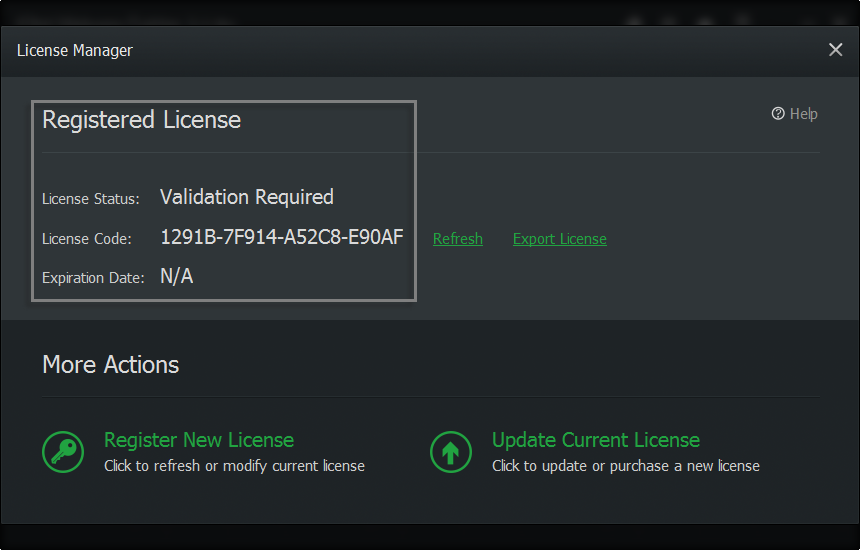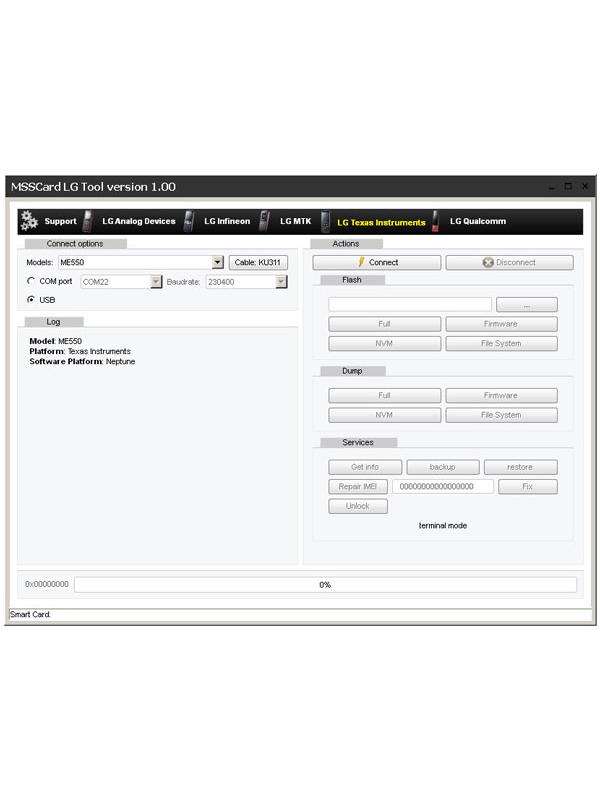

In 1956 the MTA system was launched in Sweden. The primary innovation was the development of a network of small overlapping cell sites supported by a call switching infrastructure that tracks users as they move through a network and passes their calls from one site to another without dropping the connection. In 1947 Bell Labs was the first to propose a cellular radio telephone network.

These cellular systems were based on US Advanced Mobile Phone Service (AMPS) technology, the modified technology being named Total Access Communication System (TACS). Although this non-cellular service, based on German B-Netz technology, was expanded rapidly throughout the UK between 19 and continued in operation for several years before finally closing in Scotland, it was overtaken by the introduction in January 1985 of two cellular systems - the British Telecom/Securicor 'Cellnet' service and the Racal/Millicom/Barclays 'Vodafone' (from voice + data + phone) service. Although an uprated manual service ('System 3') was extended to cover most of the UK, automation did not arrive until 1981 with 'System 4'. The phone itself was a large box located in the boot (trunk) of the vehicle containing valves and other early electronic components.

Calls were made via an operator using handsets identical to ordinary phone handsets. The UK introduced its 'System 1' manual radiotelephone service as the South Lancashire Radiophone Service in 1958. The first system opened in St Louis, Missouri, USA in 1946 whilst other countries followed in the succeeding decades. Public mobile phone systems were first introduced in the years after the Second World War and made use of technology developed before and during the conflict. Main articles: History of mobile phones and History of the prepaid mobile phoneĪccording to internal memos, American Telephone & Telegraph discussed developing a wireless phone in 1915, but were afraid that deployment of the technology could undermine its monopoly on wired service in the U.S.


 0 kommentar(er)
0 kommentar(er)
